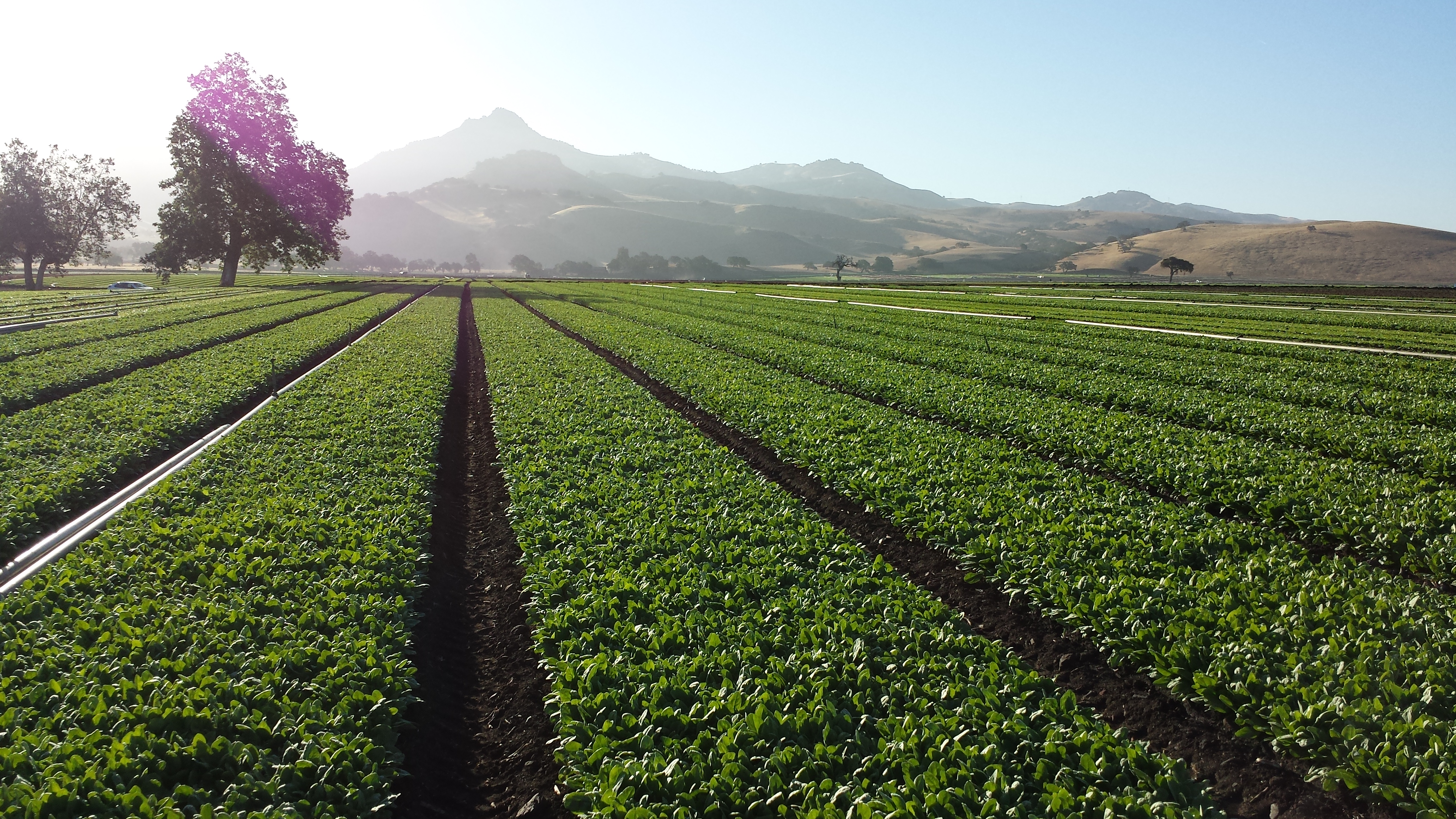Season-long dynamics of spinach downy mildew determined by spore trapping and disease incidence

Abstract
Peronospora effusa is an obligate oomycete that causes downy mildew of spinach. Downy mildew threatens sustainable production of fresh market organic spinach in California, and routine fungicide sprays are often necessary for conventional production. In this study, airborne P. effusa spores were collected using rotating arm impaction spore trap samplers at four sites in the Salinas Valley between late-January and early-June in 2013 and 2014. Levels of P. effusa DNA were determined by a species-specific qPCR assay. Peronospora effusa was detected prior to and during the growing season in both years. Nonlinear time series analyses on the data suggested that the within-season dynamics of P. effusa airborne inoculum are characterized by a mixture of chaotic, deterministic, and stochastic features, with successive data points somewhat predictable from the previous values in the series. Analyses of concentrations of airborne P. effusa suggest both an exponential increase in concentration over the course of the season and oscillations around the increasing average value that had season-specific periodicity around 30, 45, and 75 days, values that are close to whole multiples of the combined pathogen latent and infectious periods. Each unit increase in temperature was correlated with 1.7-6% increased odds of an increase in DNA copy numbers, while each unit decrease in wind speed was correlated with 4-12.7% increased odds of an increase in DNA copy numbers. Disease incidence was correlated with airborne P. effusa levels and weather variables, and a receiver operating characteristic curve analysis suggested that P. effusa DNA copy numbers determined from the spore traps nine days prior to disease rating could predict disease incidence.